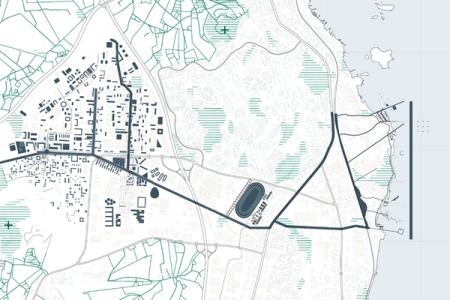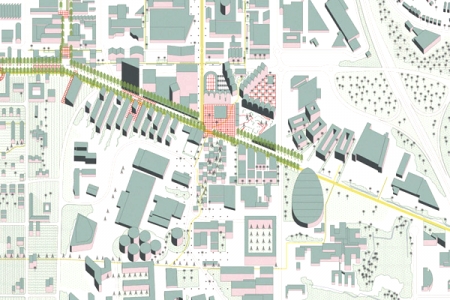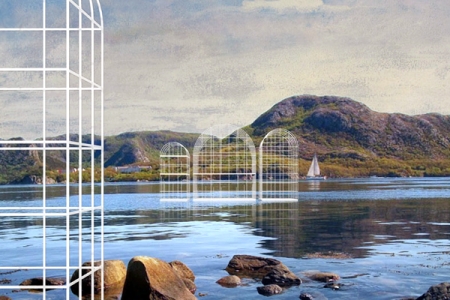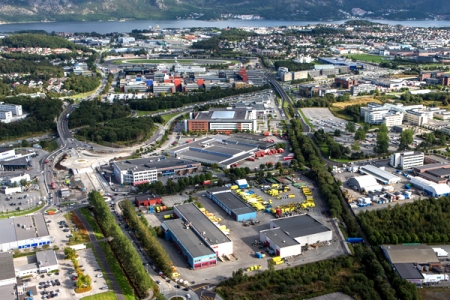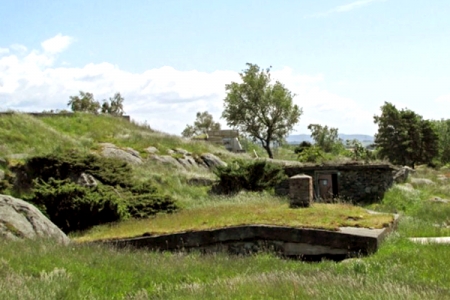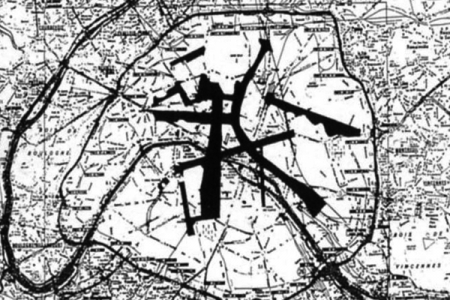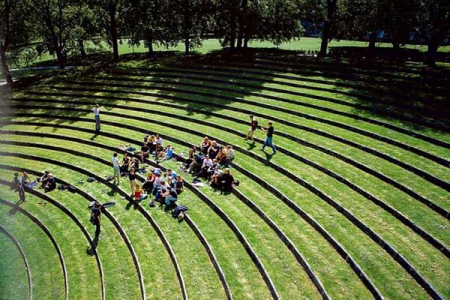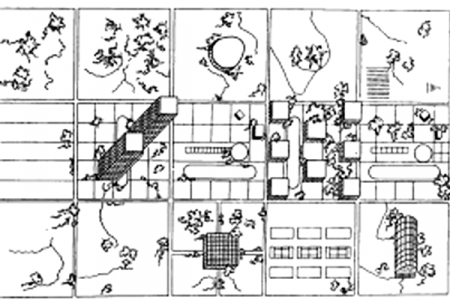Rise of Nature
Stavanger (NO) – Runner-up
TEAM DATA
Team Representative: Dace Gurecka (LV) – architect
Nordborggade 4, 3 th, 8000 Aarhus C – Danmark
+45 5 267 31 40 – dacegurecka@gmail.com
See the complete listing of portraits here
See the site page here

D. Gurecka
INTERVIEW
Click on the images to enlarge
1. How did you form the team for the competition?
I am an architect interested in connections between considerations at a level of geopolitics and thoughts about architecture. The issues of the Stavanger site seemed like a great setting to develop a body of work which is a consistent engagement in these particular zones of my professional interest.
2. How do you define the main issue of your project, and how did you answer on this session main topic: Adaptability through Self-Organization, Sharing and/or Project (Process)?
The project site (Forus) is located in one of the most dominant energy clusters of the world, which means, that it is a locus of highly changing post-Fordist market forces. The built environment goes through extreme economic and population growth as well as periods of radical recessions.
Within the morphological situation of the area you can see both conditions which, in my opinion, are the most direct result of free market economy – ‘patchwork landscape’ and ‘collage city’. ‘Patchwork’ structure of open spaces describes fragmented, complex and non-hierarchical situation, while a ‘collage’ urban fabric outlines a juxtaposition of multiple non-related parts.
Maybe the very basic premise of Forus is that it is atruly neoliberal place which has no common project and is fully subjected to contemporary rhetoric of negotiation. The ‘Rise of Nature’ project is a proposition for the territory to find a space within those realms which can today still establish common project for a city – which I would point out as the space of infrastructure and regional level landscape. Therefore ‘Rise of Nature’ is a proposition for the Jæren region and not just a collage; it is a direction.
3. How did this issue and the questions raised by the site mutation meet?
The project is situated as two umbrella strategies, both of which deals with definition of potentials of open spaces of the territory within the context of changing mobility strategy for the region. The ‘Six Parks’ strategy forms a set of tools to underline iconographic landscape possibilities and use it as basis for multipolar settlement structure. The ‘Fifty Forests and Agriculture Fields’ strategy are organizing regional level landscape issues by preserving and connecting existing agricultural fields, small rural settlements, cultural landscape heritage sites.
4. Have you treated this issue previously? What were the reference projects that inspired yours?
To be honest about the realities surrounding any project I work on, it is probably what I would like the central point of my work to be. On a strategic level by building consensus around the voids and lines (the avoidance) instead of the solid, ‘Rise of Nature’ was quite referential to the OMA’s “Ville Nouvelle Melun Senart” project – “It would require a second innocence to believe, at this end of the 20th century, that the urban –the built– can be planned and mastered.” (Rem Koolhaas)
Reading of the linear organization of the territory was inspired by Ivan Leonidov Magnitogorsk city urban organization idea which refusing the dogma of centre and periphery. On a level of everyday experiences I am definitely inspired by the compositional landscape qualities of the Aarhus University campus by C.Th. Sørensen.
5. Today –at the era of economic crisis and sustainability– the urban-architectural project should reconsider its production method in time; how did you integrate this issue in your project?
As the project deals with a 9km long territory, implementation of any vision will take many years, even decades. In this situation the project proposal situates tools of action which work with multiple temporalities – permanent/temporary; immediate/ long-term.
6. Is it the first time you have been awarded a prize at Europan? How could this help you in your professional career?
It was my first Europan prize. It is important for me to participate in the contemporary thought on architecture, to be an active part of my generation of architects and to put on front my opinion about the discipline within current community of ideas. I think Europan is a collective statement of a given generation, delivered in multiple voices.
